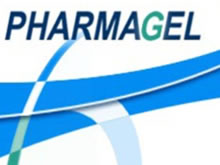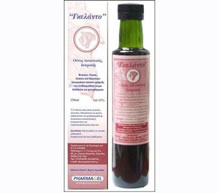
Λεξικό .. Allergy to local anaesthetics
Allergy to local anaesthetics
Despite the widespread use of local anesthetics and frequently reported adverse reactions, true IgE-mediated allergy to local anesthetics is extremely rare (with less than 10 authentic documented cases being published to date and are mostly of type IV involving specific T cells. [1]. The majority of local anaesthetics reactions are toxic or vasovagal in nature with cardiovascular and psychomotor effects. Less than 1% of reactions are immunologically mediated. They have been reported urticaria, angioedema, and anaphylaxis. Lignocaine is usually used since it is rarely associated with allergic reactions. True positive skin tests are very rare. The skin prick testing is done with formulation free of adrenaline, which blocks the positive skin reaction. There is not any successful RAST developed, for the moment. Skin tests should be followed by subcutaneous incremental challenge culminating in a full strength (1-2 percent) challenge. If this is without reaction local anaesthetic may be administered without risk of an IgE mediated reaction.
Lidocaine/prilocaine cream is a topical anesthetic which has demonstrated as ommon side effects: transient skin blanching, erythema, urticaria, allergic contact dermatitis, irritant contact dermatitis, and hyperpigmentation. It has also been reported a petechial and purpuric reaction after the application of lidocaine/prilocaine cream. This is a rare side effect[2 ],
References
1. Gunera-Saad N, Guillot I, Cousin F, Philips K, Bessard A, Vincent L, Nicolas JF. Immediate reactions to local anesthetics: diagnostic and therapeutic procedures.Ann Dermatol Venereol. 2007 Apr;134(4 Pt 1):333-6
2. Roldán-MarÃn R, de-la-Barreda Becerril F. Petechial and purpuric eruption induced by lidocaine/prilocaine cream: a rare side effect. J Drugs Dermatol. 2009 Mar;8(3):287-8.
Γκέλης Ν.Δ. - Λεξικό Αλλεργίας - Εκδόσεις ΒΕΛΛΕΡOΦΟΝΤΗΣ - Κόρινθος 2013
Gelis Ν.D. - Dictionary of Allergies - VELLEROFONTIS Publications - Corinth 2013




